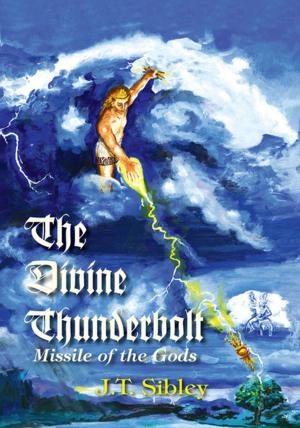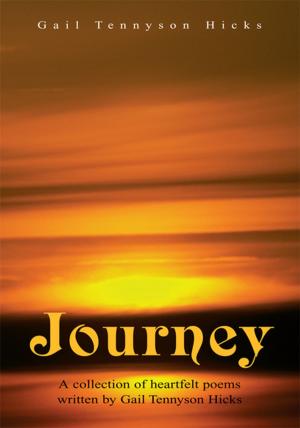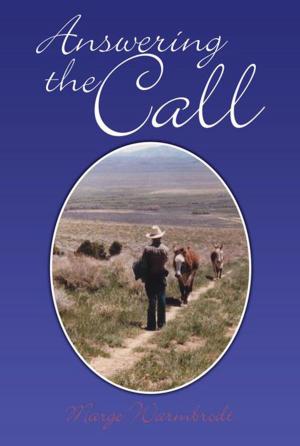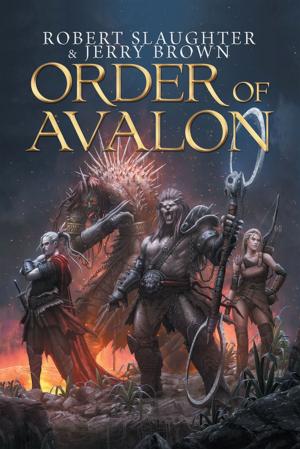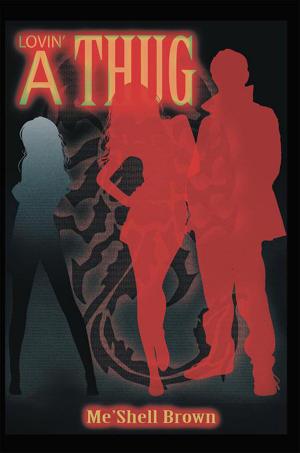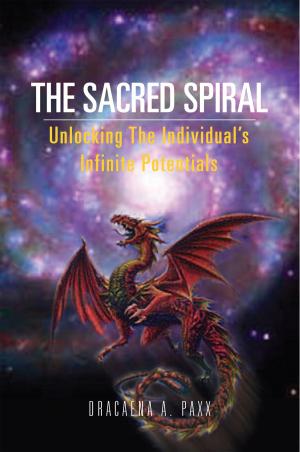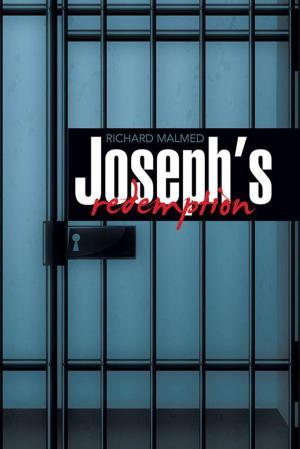| Author: | William Bless | ISBN: | 9781477141168 |
| Publisher: | Xlibris US | Publication: | August 21, 2012 |
| Imprint: | Xlibris US | Language: | English |
| Author: | William Bless |
| ISBN: | 9781477141168 |
| Publisher: | Xlibris US |
| Publication: | August 21, 2012 |
| Imprint: | Xlibris US |
| Language: | English |
The 21 poems in this collection were influenced by the work of many, including Neruda and Tagore, the nature poems of Galway Kinnell and Jim Harrison, and the modernist poets Hart Crane, Rainer Maria Rilke, Wallace Stevens, and William Carlos Williams. It is perhaps Williams most of all whose imagist aesthetic infuses the poems. I've always liked the Zenlike attention he gives to the real, ordinary things of the world, so that in essence, they become extraordinary, a part of the reader's imagination. The poems can be divided up thematically into Cape Cod poems, fishing poems, New England nature poems, and spiritual pieces. Most of them came quite spontaneously and I let the words arrange themselves on the white tundra of my notebook pages with little thought of form; later, I tried to find the internal music, sense, and rhythm in each, adhering to Williams dictum that a poem is a little universe. In a sense each is an unfinished fragment, not wholeness itself but a search for wholeness and form.
The first story, "Tracks of the Beleaguered" emerged after a two or three year gestation period not unusual for my process. I had been wanting to write a Vermont story for some time, one that would include a veteran of World War II tracking a wounded whitetail deer high up a mountain. I wanted the buck to embody the soul of the Green Mountains wild, primordial unchanged by technology and industry. Elisha represents the wounded modern exile, seeking a higher and more profound sense of identity after the dehumanizing brutality of the Pacific island fighting. I was reading Joseph Campbell's Primitive Mythology around the same time, and came upon a passage about the Buriat of Siberia and how with shamans there is usually a summons, a calling, which begins with a crisis and a dream of being broken apart physically, the discovery of an extra bone, followed by an interfusion of beingness. In a sense, Elisha and the buck become one, seeking sanctuary from the senseless violence and appearance-driven industrialized world.
"Billie Holiday at the Atlantic House" is less esoteric and has its origins in trips to Provincetown where I frequently go to write, and where the actual Atlantic House exists on Masonic Street. Billie Holiday really did perform two separate engagements there. This one lived in my imagination for a year or so as well, percolating until all of the elements coalesced and resonated. I liked the idea of having Lucas be a Portuguese fisherman who listened and empathized with the blues and Jazz singer; I liked the innocence and naivet of the storyline. To create a fictive Holiday, I listened to the Verve recordings I own, and went online to listen to rare interviews with her. Like Elisha in the first story, Lucas is somewhat out of step with society, and instead lives a vivid and intense inner life. As in the Vermont story and poems, the natural world predominates, always there for sanctuary, solitude, and transcendent experience.
These thematic strands continue in the novella Whoever We May Be At Last whose title comes from The Ninth Duino Elegy by Rilke. The germ of the story came in a dream I had two years ago, and I spent a summer writing the first draft, watching it take on a life of its own. I wanted the setting to be a relatively small rivertown in Connecticut with a history of industry. I liked the idea of the story being told through five narrators, each having a connection to the central figure, Ian, who's about to enlist in the Marines and fight in Afghanistan. It's difficult for me to talk about this one, since it's more visceral than anything I've written before. I'll let the reader decide on interpretations. In some respects its about the nature of sacrifice, the portrayal of a modern American town coming to terms with loss. Artistically, it seems to represent a living process of the imagination, of trying to piece together a semblance of the truth, and not so much a
The 21 poems in this collection were influenced by the work of many, including Neruda and Tagore, the nature poems of Galway Kinnell and Jim Harrison, and the modernist poets Hart Crane, Rainer Maria Rilke, Wallace Stevens, and William Carlos Williams. It is perhaps Williams most of all whose imagist aesthetic infuses the poems. I've always liked the Zenlike attention he gives to the real, ordinary things of the world, so that in essence, they become extraordinary, a part of the reader's imagination. The poems can be divided up thematically into Cape Cod poems, fishing poems, New England nature poems, and spiritual pieces. Most of them came quite spontaneously and I let the words arrange themselves on the white tundra of my notebook pages with little thought of form; later, I tried to find the internal music, sense, and rhythm in each, adhering to Williams dictum that a poem is a little universe. In a sense each is an unfinished fragment, not wholeness itself but a search for wholeness and form.
The first story, "Tracks of the Beleaguered" emerged after a two or three year gestation period not unusual for my process. I had been wanting to write a Vermont story for some time, one that would include a veteran of World War II tracking a wounded whitetail deer high up a mountain. I wanted the buck to embody the soul of the Green Mountains wild, primordial unchanged by technology and industry. Elisha represents the wounded modern exile, seeking a higher and more profound sense of identity after the dehumanizing brutality of the Pacific island fighting. I was reading Joseph Campbell's Primitive Mythology around the same time, and came upon a passage about the Buriat of Siberia and how with shamans there is usually a summons, a calling, which begins with a crisis and a dream of being broken apart physically, the discovery of an extra bone, followed by an interfusion of beingness. In a sense, Elisha and the buck become one, seeking sanctuary from the senseless violence and appearance-driven industrialized world.
"Billie Holiday at the Atlantic House" is less esoteric and has its origins in trips to Provincetown where I frequently go to write, and where the actual Atlantic House exists on Masonic Street. Billie Holiday really did perform two separate engagements there. This one lived in my imagination for a year or so as well, percolating until all of the elements coalesced and resonated. I liked the idea of having Lucas be a Portuguese fisherman who listened and empathized with the blues and Jazz singer; I liked the innocence and naivet of the storyline. To create a fictive Holiday, I listened to the Verve recordings I own, and went online to listen to rare interviews with her. Like Elisha in the first story, Lucas is somewhat out of step with society, and instead lives a vivid and intense inner life. As in the Vermont story and poems, the natural world predominates, always there for sanctuary, solitude, and transcendent experience.
These thematic strands continue in the novella Whoever We May Be At Last whose title comes from The Ninth Duino Elegy by Rilke. The germ of the story came in a dream I had two years ago, and I spent a summer writing the first draft, watching it take on a life of its own. I wanted the setting to be a relatively small rivertown in Connecticut with a history of industry. I liked the idea of the story being told through five narrators, each having a connection to the central figure, Ian, who's about to enlist in the Marines and fight in Afghanistan. It's difficult for me to talk about this one, since it's more visceral than anything I've written before. I'll let the reader decide on interpretations. In some respects its about the nature of sacrifice, the portrayal of a modern American town coming to terms with loss. Artistically, it seems to represent a living process of the imagination, of trying to piece together a semblance of the truth, and not so much a

